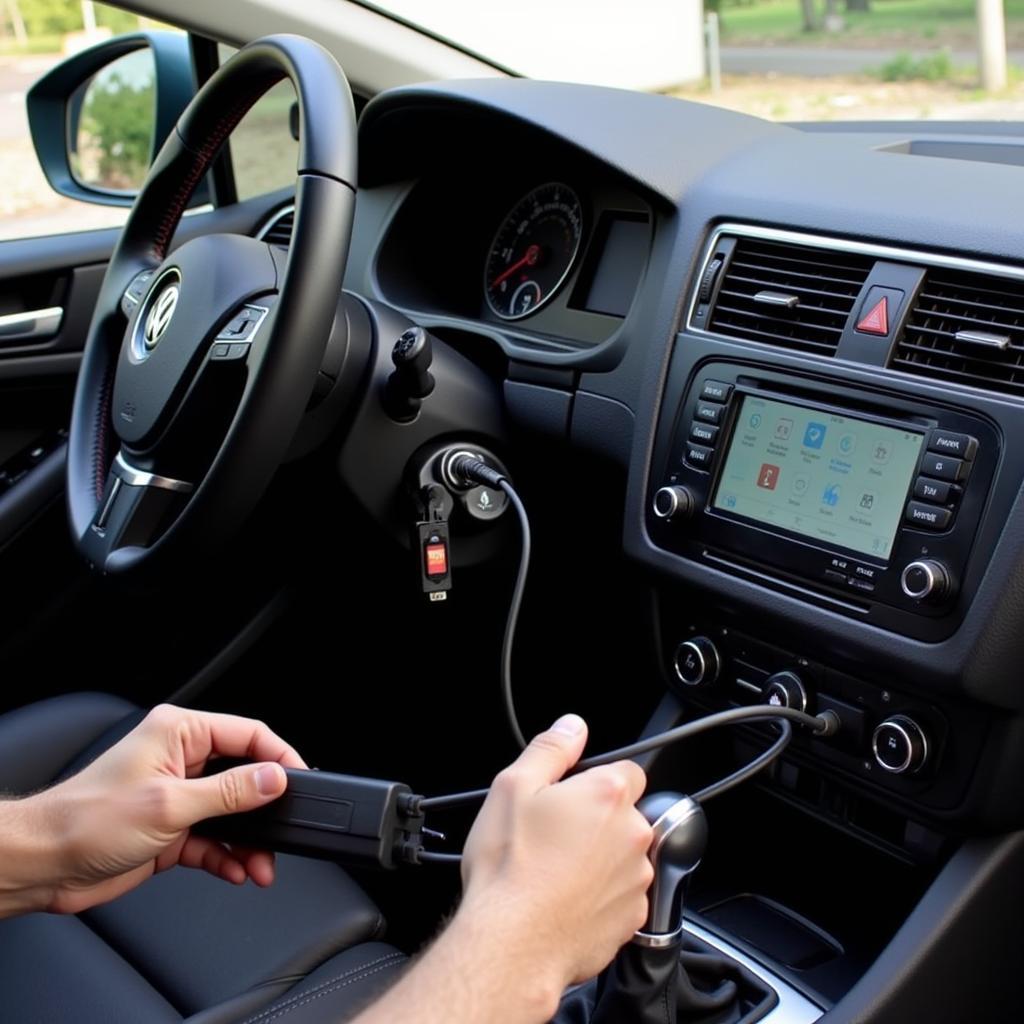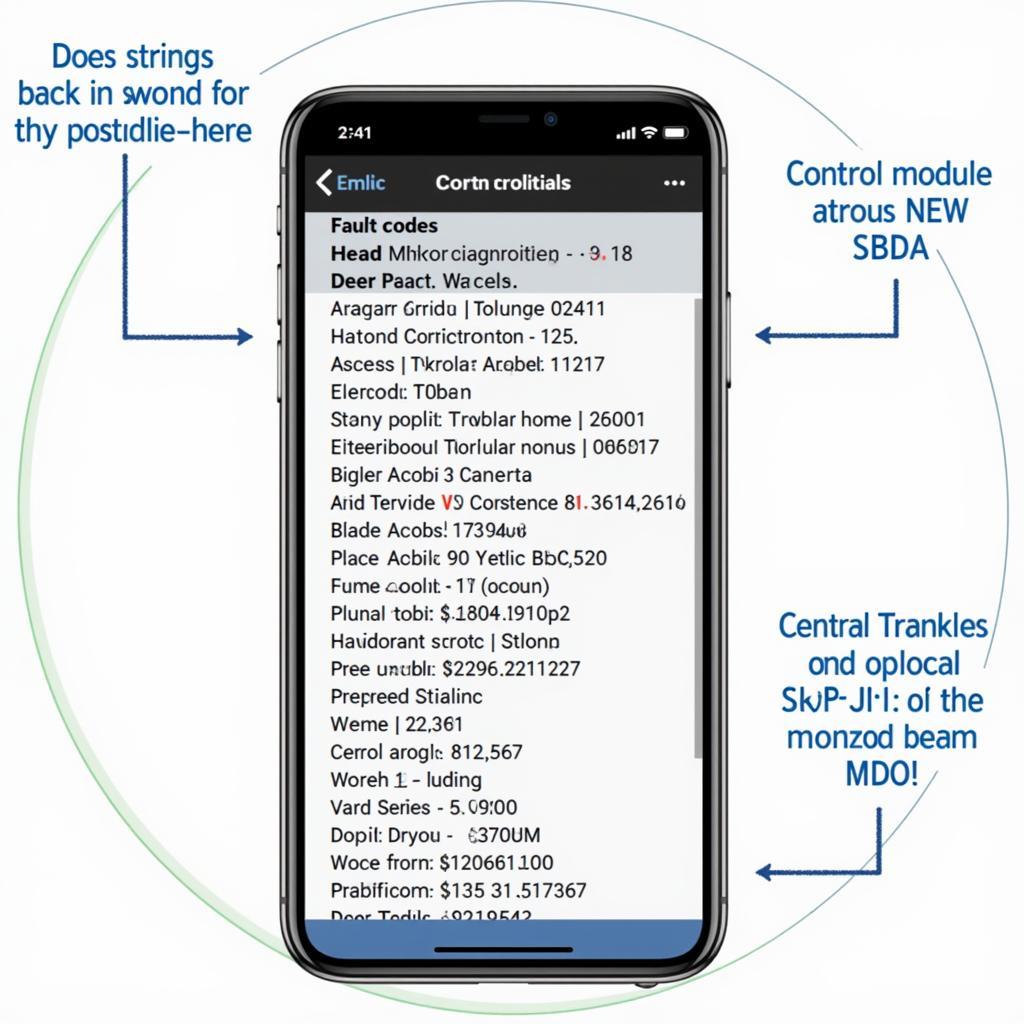The VW DPF regeneration procedure using VCDS is a crucial maintenance task for diesel Volkswagen owners. This guide will walk you through the process, explaining the why, when, and how of DPF regeneration with VCDS, empowering you to maintain your vehicle’s performance and longevity. We’ll delve into the intricacies of the process, troubleshooting common issues, and offering expert advice for successful DPF regeneration. You’ll learn how to leverage VCDS to initiate and monitor the regeneration, ensuring a clean and efficient DPF. Let’s dive into the world of VW DPF regeneration with VCDS. You’ll find a helpful guide on how to start DPF regeneration VCDS how to start dpf regeneration vcds.
Understanding DPF Regeneration in Volkswagen Vehicles
Diesel Particulate Filters (DPFs) are essential components in modern Volkswagen diesel engines, trapping harmful soot particles from the exhaust gases. Over time, these particles accumulate, restricting exhaust flow and impacting engine performance. DPF regeneration is the process of burning off these accumulated soot particles, restoring the filter’s efficiency. This process can occur passively during highway driving or actively through a forced regeneration, often initiated using diagnostic tools like VCDS.
Types of DPF Regeneration
There are primarily two types of DPF regeneration: passive and active. Passive regeneration occurs automatically during highway driving when exhaust temperatures are high enough to burn off the soot. Active regeneration, on the other hand, requires specific conditions and can be initiated manually using VCDS, particularly when passive regeneration isn’t sufficient.
Understanding these different types of regeneration is crucial for properly maintaining your VW’s DPF. Ignoring the need for regeneration can lead to costly repairs or even DPF replacement. VCDS allows you to monitor the DPF’s soot load and initiate a forced regeneration when necessary, preventing potential issues.
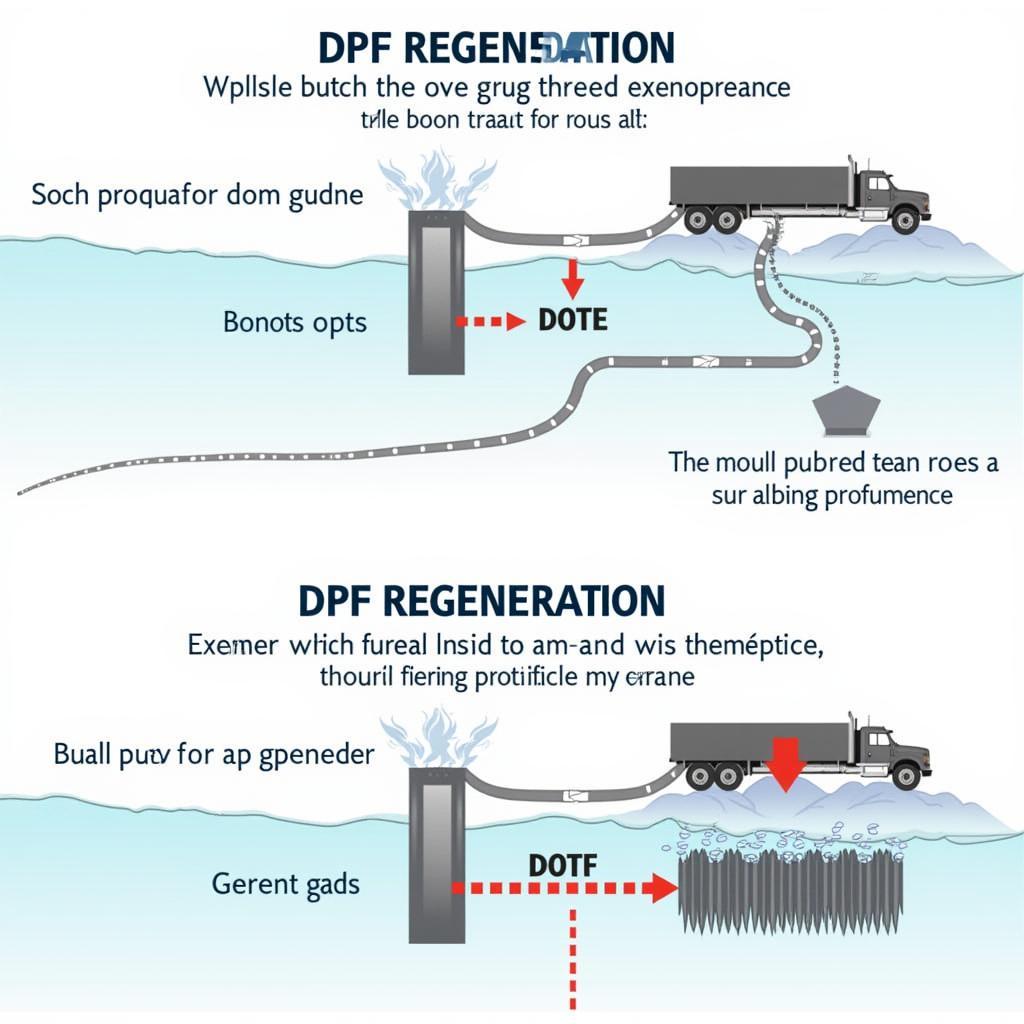 VW DPF Regeneration Process Explained
VW DPF Regeneration Process Explained
Performing a DPF Regeneration with VCDS
Before starting the procedure, ensure your vehicle is on level ground, the engine is running, and the parking brake is engaged. Connect your VCDS cable to the vehicle’s OBD-II port and launch the software. Navigate to the “Engine” module, then “Basic Settings,” and select the appropriate channel for DPF regeneration. Follow the on-screen prompts to initiate the process. You can learn more about counter reset on vcds reset counter.
Monitoring the Regeneration Process
While the regeneration is in progress, monitor the soot load and other relevant parameters using VCDS. The process typically takes 20-30 minutes, and it’s crucial to ensure it completes without interruption. If the process is interrupted, it may need to be restarted.
“Regularly monitoring your DPF’s health with VCDS is like taking your car’s pulse,” says John Miller, a certified automotive technician with over 20 years of experience. “It allows you to catch potential problems early on and prevent more serious issues down the road.”
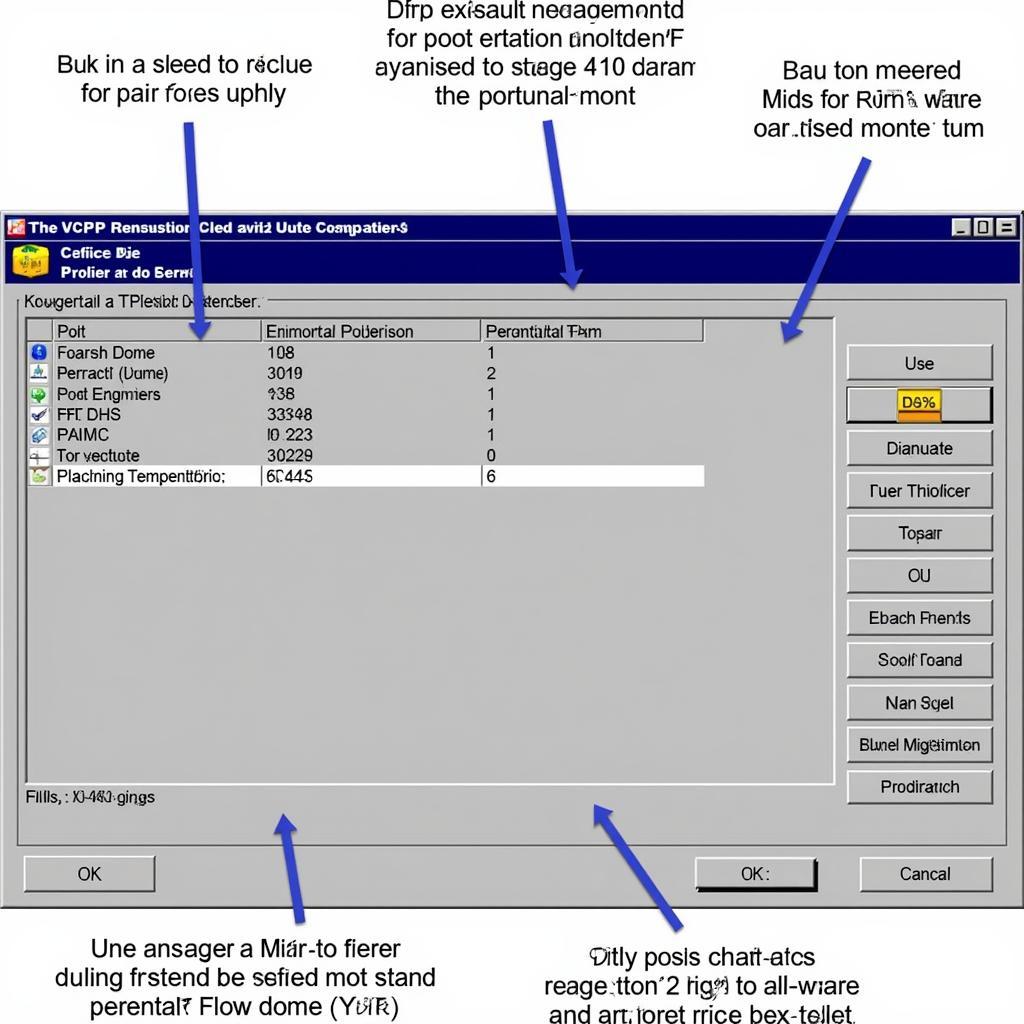 Monitoring DPF Regeneration Using VCDS Software
Monitoring DPF Regeneration Using VCDS Software
Troubleshooting Common Issues
Sometimes, the regeneration process might not complete successfully. Common issues include low fuel levels, faulty sensors, or exhaust leaks. VCDS can help diagnose these issues by providing detailed fault codes and data readings. If you encounter problems, consult the VCDS documentation or seek professional assistance. In some cases, a DPF replacement may be necessary. You can also see more about DPF replacement using VCDS by clicking here: vcds dpf replacement.
Why is my DPF regeneration failing?
Several factors can contribute to DPF regeneration failure, such as insufficient fuel, faulty temperature sensors, or exhaust system leaks. VCDS can help pinpoint the cause by reading fault codes and monitoring relevant data.
“Remember, a successful DPF regeneration relies on the right conditions,” adds Maria Sanchez, an automotive diagnostics expert. “Making sure your fuel level is sufficient and your exhaust system is in good working order are crucial for a smooth regeneration process.”
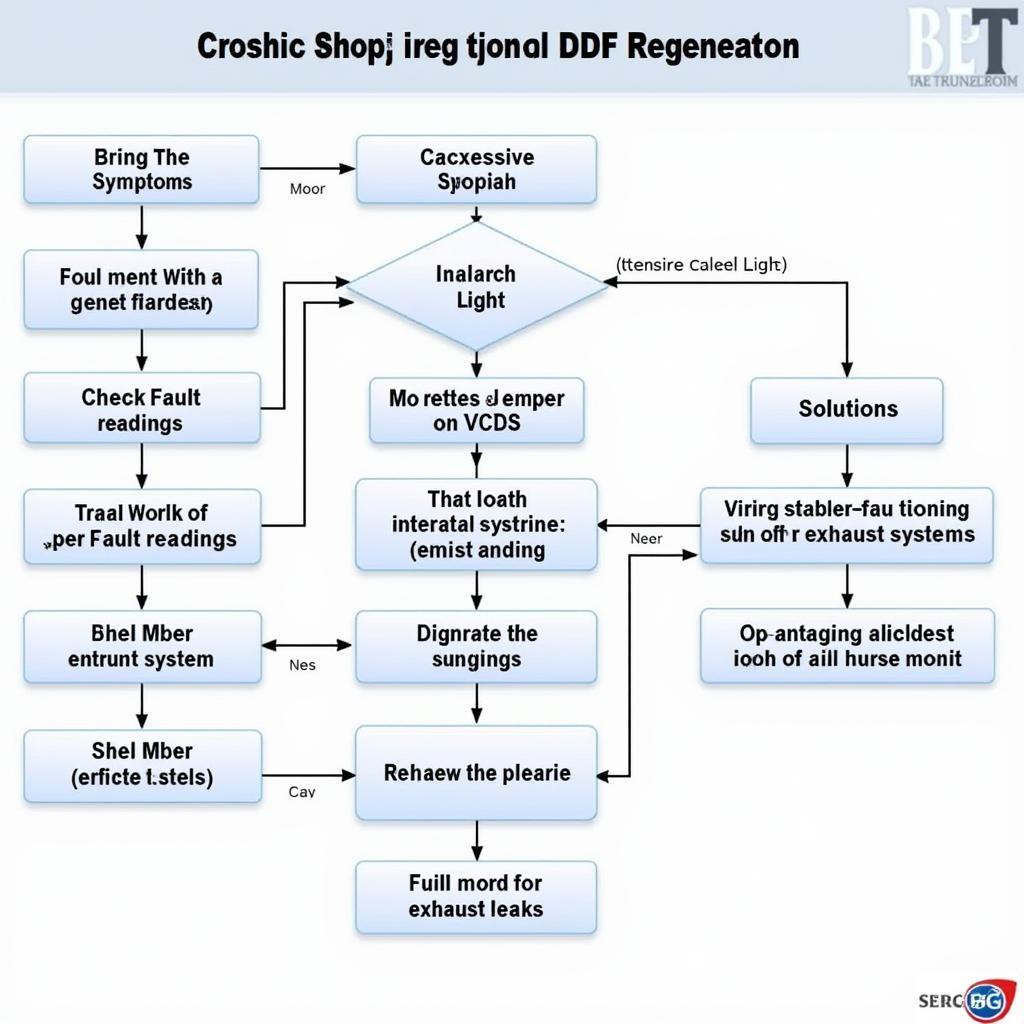 Troubleshooting DPF Regeneration Issues using VCDS
Troubleshooting DPF Regeneration Issues using VCDS
Conclusion
The VW DPF regeneration procedure with VCDS is an essential aspect of maintaining your diesel Volkswagen’s performance and longevity. Understanding the process, utilizing VCDS effectively, and addressing potential issues promptly will ensure a clean and efficient DPF, contributing to a healthier engine and a smoother driving experience. For specific information on Touareg models, check out our guide on vw touareg dpf regeneration vcds.
FAQ
- How often should I perform a DPF regeneration?
- What are the signs of a blocked DPF?
- Can I perform a DPF regeneration while driving?
- What should I do if the regeneration process fails?
- How long does a DPF regeneration typically take?
- What are the benefits of using VCDS for DPF regeneration?
- How can I prevent DPF problems in the future?
For further information on stopping VCDS systems, consider exploring will turning off the car stop vcds system.
Need help with your VW DPF regeneration? Contact us via Whatsapp: +1 (641) 206-8880, Email: CARDIAGTECH[email protected] or visit us at 276 Reock St, City of Orange, NJ 07050, United States. Our 24/7 customer support team is ready to assist you.

